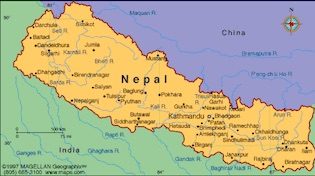
Natural disasters occur with disturbing frequency. Family philanthropists are often on the front line in responding to them. Strategic disaster-related giving requires an understanding of the nuances of the disaster life cycle, from risk reduction through long-term recovery, and the timely planning of gifts that make the most of available resources, cut down on duplication of efforts, and offer more than a quick fix for communities affected by disasters. This NCFP Content Collection provides introductory resources and more detailed advice on disaster preparedness and response strategies from our colleagues at the Center for Disaster Philanthropy. Know of other good resources to include here? Please suggest a resource.
Center for Disaster Philanthropy: Principles of Disaster Giving
NCFP’s long-time Content Partner, the Center for Disaster Philanthropy, offers donors and families the following basic tips for disaster giving:
- Take the long view. Even while focusing on immediate needs, remember that it will take some time for the full range of needs to emerge. Power loss, transportation outages and flood-damaged homes may be top of mind, but it takes a while to truly understand the impact that the disaster has had on people’s lives. Be patient in planning for disaster funding. Recovery will take a long time and flexible funding will be needed throughout.
- Recognize there are places private philanthropy can help that government agencies might not. With the increase in extreme weather events, governments cannot fully fund recovery. Therefore, private funders have opportunities to develop innovative solutions to help with recovery efforts and to prevent or mitigate future disasters that the government cannot execute.
- All funders are disaster philanthropists. Even if your organization does not work in a particular geographic area or fund immediate relief efforts, there are ways to align disaster funding with your existing mission. If you focus on education, health, children or vulnerable populations, disasters present prime opportunities.
- Support the sharing of best practices. Florida, for example, has developed stringent building codes to mitigate destruction from hurricanes. Interested donors could help support the transfer of expertise from one region to another before the next disaster occurs. Another area for best practices research and sharing — efforts to coordinate volunteers as well as the distribution of supplies.
- Connect with other funders. Collaborative philanthropic response to the disaster leverages combined expertise and maximizes the value of the human, financial and technical resources donated. The Center for Disaster Philanthropy works closely with community foundations, regional associations, funders and responding nongovernmental organizations (NGOs) to share trustworthy information and analysis.
- Look to past disasters for guidance. There are often lessons learned that could be used to create better policies and procedures. Consider funding disaster risk-reduction research or projects that could inform more effective disaster preparation and response policy.
- Ask the experts. If you are considering supporting an organization that is positioned to work in an affected area, do some research. The Center for Disaster Philanthropy, National Volunteer Organizations Active in Disasters, and Interaction have lists of organizations working in affected communities. In addition, local community foundations have insights into NGOs that are best suited to respond in a particular community.
- If you are considering supporting an organization that is positioned to work in an affected area, do some research. The Center for Disaster Philanthropy, National Volunteer Organizations Active in Disasters, and Interaction have lists of organizations working in affected communities. In addition, local community foundations have insights into NGOs that are best suited to respond in a particular community.
Learn more at the Center for Disaster Philanthropy website.
Webinars
Disaster Philanthropy: The Role of Family Giving in Preparedness, Response and Recovery (NCFP)
Managing Risk and Due Diligence in a Disaster Context (Center for Disaster Philanthropy)
Additional Perspectives and Resources


Responding Quickly and Effectively in Times of Disaster: Preparation and Partnerships are Critical
Blog Post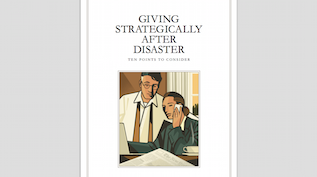
Giving Strategically After Disaster: Ten Points to Consider
Report
Are you prepared to operate your family’s philanthropy in a disaster?
ArticleFamily Philanthropy's Response to Current and Past Disasters

Responding to Crisis: Resources for Supporting Ukraine
Blog Post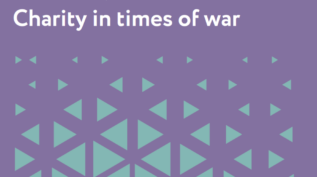
Charity in Times of War
Report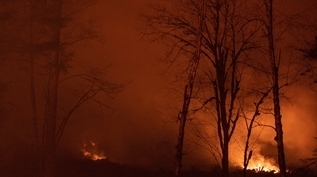
California Wildfires – What’s a Funder to Do?
Article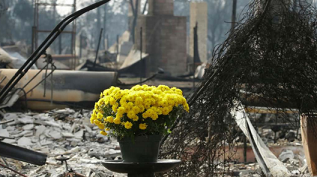
North Bay Fires: Five Lessons Learned
Article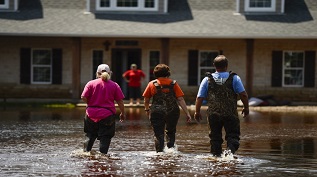
Why Support for Long-Term Harvey Recovery is So Vital
Article
5 Things Funders Can Do to Address the Global Refugee Crisis
Article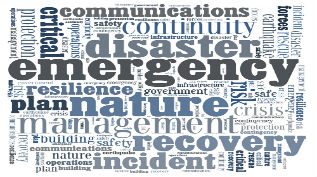
What Funders Should Know in Addressing the Refugee Crisis
Article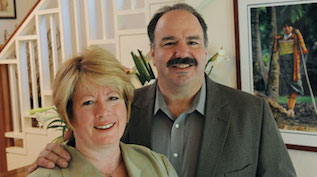
The Ansara Family Fund: Partnering Beyond Borders for Long-term Impact
Article